"one-size-fits-all" may sound as a "smart" slogan for T-shirts
but causes nightmare for ex-post attempts to fix poorly designed architectures once real-world implementations scale
"right-sizing" and "Minimum-Viable-Product" strategies for just-enough designs have much better chance to survive IoT scales and to keep costs-of-adaptation acceptable ( take just the scales of the recent VW global device firmware update, expected to have about -2.5% to -3.0% GDP adverse impacts on Germany and automotive supply chains in Hungary and former Czechoslovakia regions - Yes, costs matter in IoT domain more than just the trivial count$.)
A smart-fit tool for IoT domain-specific architecture is a must
A first thing that ought to be born in mind is the fact, that IoT domain is by several orders of magnitude different from scales of the classical legacy computing architectures. Minimised local-resources ( by design, also mentioned above ), massive scales/counts with uncontrolled concurrency, immense synchronisation complications for true parallelism ( if such system design is needed ), ref.: a PARALLEL v/s CONCURRENT SEQUENTIAL Disambiguation Link.
Thus a proper selection of tools is needed in context with this given state.
While AMQP and other power-MQ tools are great for broker-based ( if well designed, the central MQ-broker need not be a single-point of failure & remains "just" a performance bottleneck ) the overheads for architectures with IoT-devices are to be carefully validated, whether feasible.
Broker-less ZeroCopy, ZeroSharing, ZeroBlocking, ZeroLatency(...almost)

While AMQP has opened doors for the broker-less powers of well known ZeroMQ, the same happened another step further when Martin Sustrik redefined the rules and came with nanomsg.
nanomsg, besides its portability and light-weight-ness or a just enough right-weight-ness sets itself a good candidate ready for IoT models of co-operation, giving your project much more than the asked REQ/REP where needed -- more advanced behaviours, alike SURVEY one asks, all vote

BUSdecentralised routing

or PIPE a directed, one-way pipe are particularly attractive in distributed process compositions in massive sensoric networks and a lovely example.
Answers for added questions:
A1: Yes, if design architecture requires, RPC might be using the same uniform signalling framework ( not reinventing wheel or adding just-another-distributed layer just for Remote Proceducer Call
A2: Yes, ZeroMQ and similar broker-less almost Zero-Latency nanomsg framework from Martin Sustrik are a good fit for inter-process messaging/signalling services. Your top-level design decides, whether these powers get harnessed anywhere near to their (awfully magnific) full potential or wasted into underperforming usage-patterns. To have an idea of their limits, FOREX event-streams execute spurious blasts of event with less than microsecond resolution time-stamping.
There you really need a framework, that is robust ( to handle such blasts ), fast ( not to add unnecessary delays ), elastically linear-scaleable ( with inner abilities to handle load-balancing on demand in many-folds ). After hands-on experience I can confirm that my own team's creativity is the very limiting factor for user-experience, not the ZeroMQ / nanomsg smart-frameworks.
A3: Yes, for a few years already using ZeroMQ ( DLL/LIB-adaptations are currently in progress for a nanomsg port ) for remote (load-balanced) central logging ( soft-realtime minimum latency-motivated, off-loading of distributed agents' capabilities ). Unless your system span grows into space ( where round-trip latencies are easily in minutes-hours ) this modus operandi is both smart & close to "just-enough"-design ideals.


